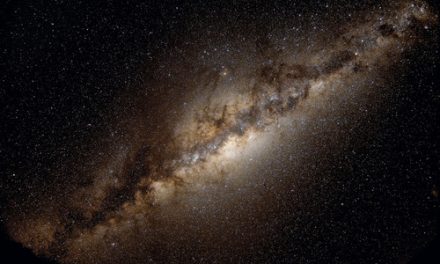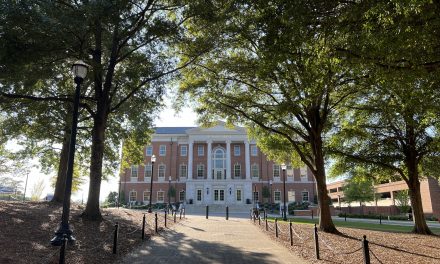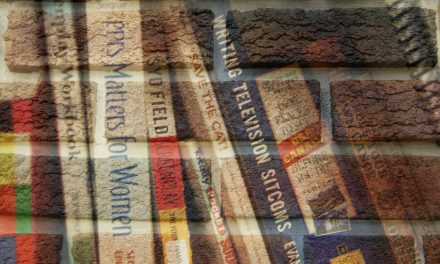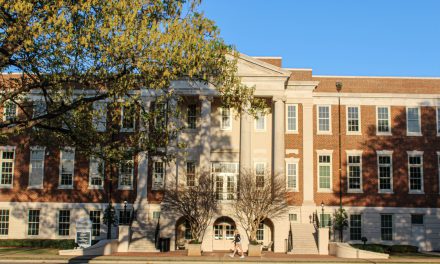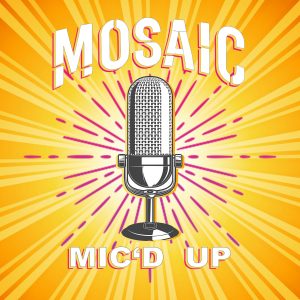When Julio Larramendi teaches, he does more than highlight key points or usher through a slideshow. He escorts students on a tour of imagery, using words and photography to capture the beating pulse of Cuba and its land, wildlife and people. With each display, viewers become more acquainted with a world only 80 miles from their own country’s borders, but horizons apart in a haze of complexity and ambiguity.
For three weeks in November, Larramendi narrowed that gap as the Honors College’s visiting artist, leading classes of fellows, photographers and even our own Mosaic staff. A noted photographer and writer, his work has graced the pages of Cuba’s top magazines for over 20 years, as well as dozens of books covering the ecology, history and lifestyle of the island nation. He channeled his career into an education for students, weaving together not only a tapestry of his homeland but an invitation for students to explore his world while discovering their own.
“It’s a lesson of life. If you learn from everything, you have open mind,” Larramendi said. “You don’t have the right answer for everything; you are not right always. There’s somebody better than you, somebody that knows more than you, so it is better to be open.”
His teaching topics included photography, writing, and cultural analysis, all fueled by engaging student discussion. He said the questions students stammer in the classroom induce him to spend hours carefully plotting his lectures, researching his subjects, double-checking figures, and preparing for any genre of inquisition. Healthcare, socio-economic relationships, geography, American relations, pop culture: few corners skated under the radar as the classroom clock ticked often for an hour and a half.

“The way you think, the way you ask, you don’t lose the momentum; you stay asking us like a machine gun, and it’s very interesting to us,” Larramendi explained. “The interest you show us about our own country is huge, and it makes us a better person because we have to know what we are going to answer you about that.”
Honors College Artist-in-Residence and longtime friend of Larramendi, Chip Cooper, emphasized the lectures’ depths, counting 75 questions asked within a class frame. Topics spanned from child death rates in Yata to public health in Havanna, and Larramendi answered all but one on the spot. To the one lingering, he replied, “I’m not sure, but I’ll find the answer for you.”
In retrospect, Cooper points out, if one was to invert the questions toward the United States – say inquiring about the state of our own healthcare or education system – many students would fall silent. Not because of ignorance, he argues, but because of disconnect in cross-section. Cubans seem to be more in tune to their country’s landscape and aware of the cultural dialogue shared by citizens.
“The emotion that I feel that Cubans have about any given situation comes to the surface, where we’re more guarded,” Cooper said. “So if you take all of that I believe, they give their heart and soul to helping people understand. It’s not just the information; it’s passion with the information.”

Emotion guided by knowledge transfuses through Larramendi’s work, molding the way he captures the world and conveys that insight to students. While one can’t help but appreciate the artistry and emotional appeal of his work, the residing lesson comes through the expression itself; to take ownership of one’s thoughts, one’s place in a greater dialogue, and the beauty immersed in the unconventional places.
Colleague Jorge Foyo worked alongside Larramendi during his stay and noted this distinction between Americans and Cubans, translating the cultural difference into an artistic motivation to discover and create.
“I think that we live day by day, and when you live day by day you must give real value to the things you have in the moment,” Jorge Foyo said. “And of course, you must express those things.”
Larramendi’s lessons are set in lasting implications, imploring students to never quench a hunger to question, to form one’s own opinion, and to create. And at Alabama, he finds ample pockets of receptive audiences.
“The experience to be with the best students – you are, as I have said many times – the crème de la crème,” Larramendi said. “You are selective students, you are the future of this country – you are the future leaders of this country. And I learn a lot from you.”



